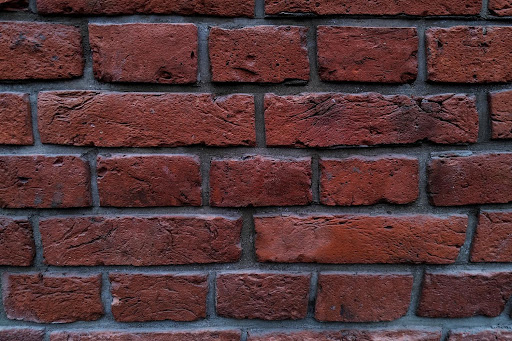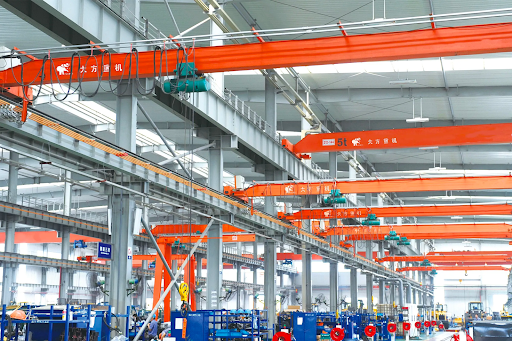In the face of modern heating solutions, the allure of a crackling fireplace retains its timeless charm. However, even the most stately chimneys can deteriorate with time. Discover how tuckpointing offers an artful, durable solution for chimney restoration, breathing life into your hearth and home.
Table of Contents
What is Tuckpointing?
Tuckpointing is a repair process used to improve the structural integrity and appearance of masonry walls and structures, including chimneys. This specialized technique involves removing a portion of the deteriorated mortar between bricks and replacing it with fresh mortar. When done professionally, tuckpointing restores the original appearance of the masonry, adds years to its lifespan, and enhances its resistance to environmental damage.
The Importance of Chimney Tuckpointing
A chimney is far more than an aesthetic element in your home; it serves the critical function of safely directing smoke and fumes away from your living spaces. Over the years, the mortar holding the bricks together can weaken due to exposure to the elements—rain, snow, wind, and freeze-thaw cycles. Cracks, gaps, and crumbling mortar can become serious issues that threaten the stability and safety of the chimney.
Failing to address these issues promptly can lead to costly repairs, structural damage, or even hazardous conditions like fires or carbon monoxide leaks. This is where chimney tuckpointing comes into play. It provides a proactive solution to extend the life of your chimney and avert potential disasters.
When to Consider Tuckpointing
The first step in understanding when tuckpointing is necessary involves routine inspection. Here are some signs to look for:
- Visual Wear and Tear: If the mortar between bricks looks eroded or crumbling, it’s a clear indication of needed repair.
- Dampness and Leaks: Moisture seeping through the bricks or appearing in your home can signify a compromised chimney.
- Structural Instability: If you notice any form of leaning, bulging, or cracking in the chimney structure, immediate action is required.
- Efflorescence: A white powdery substance on your chimney bricks is a sign of moisture intrusion and a potential call for tuckpointing.
If any of these signs are evident, consult a professional for a thorough inspection and potential tuckpointing service.
The Tuckpointing Process
- Mortar Removal: Special tools are used to remove the old, damaged mortar from the joints.
- Cleaning: The joints are then cleaned to ensure a strong bond between the brick and the new mortar.
- Mortar Mixing: A fresh batch of mortar is prepared, often color-matched to the existing bricks for a seamless appearance.
- Application: The new mortar is skillfully applied to the joints using a technique that ensures both durability and visual appeal.
- Finishing: Once the mortar has cured, it is smoothed and finished to match the existing masonry work.
Conclusion: Building a Cozy Future
Tuckpointing is more than a maintenance routine; it’s an investment in the longevity and safety of your home. With its ability to restore your chimney to its original glory, this skilled technique combines craftsmanship and practicality. When you sit by your fireplace during a chilly evening, you’ll not only enjoy the warmth but also have peace of mind, knowing that your chimney is in prime condition. And that makes the allure of a crackling fire even more comforting.





